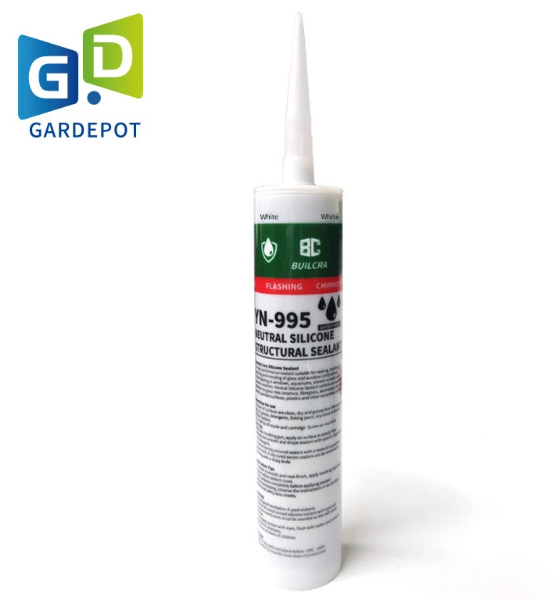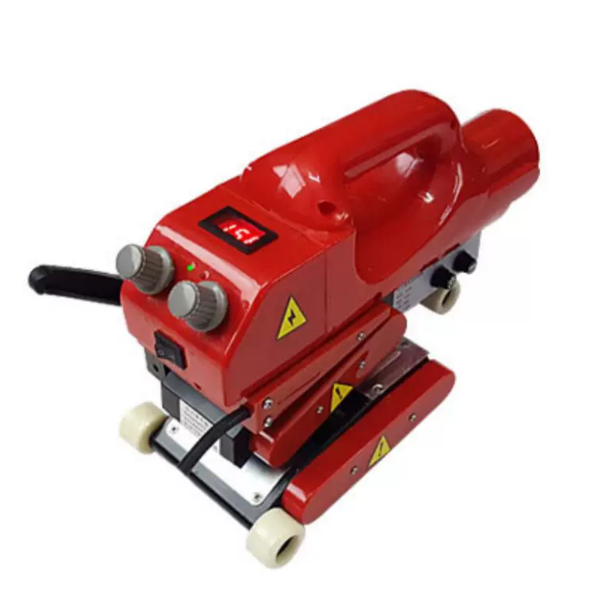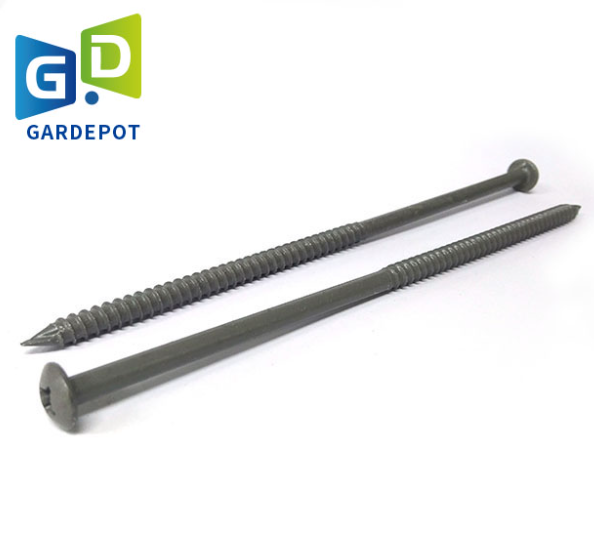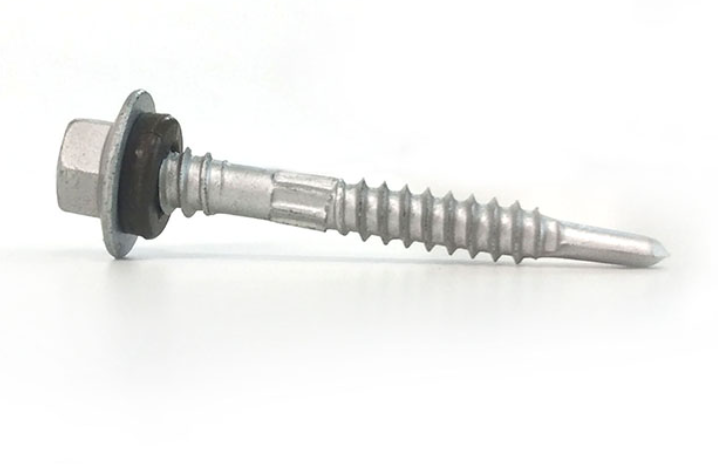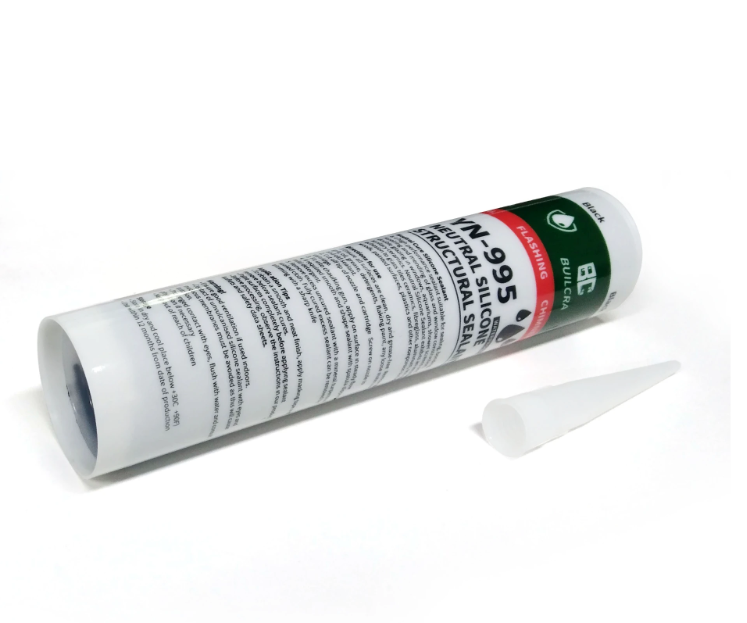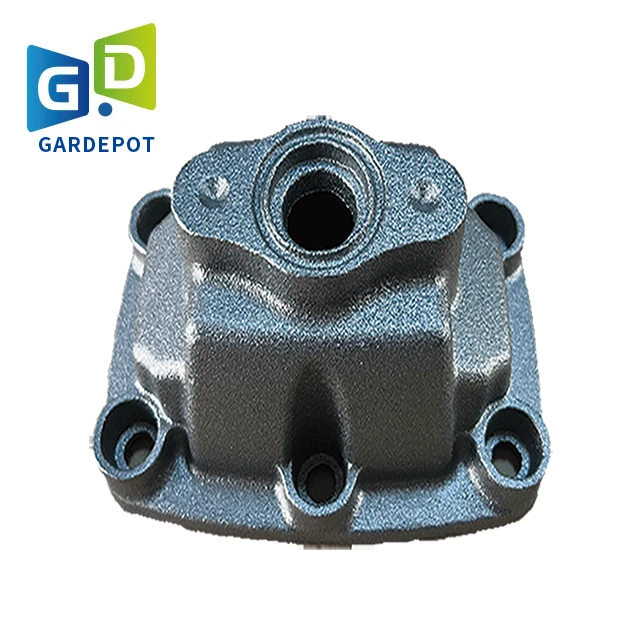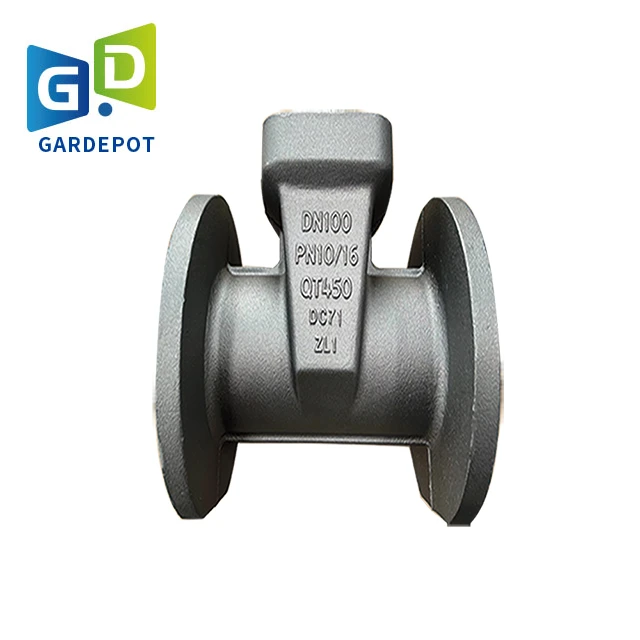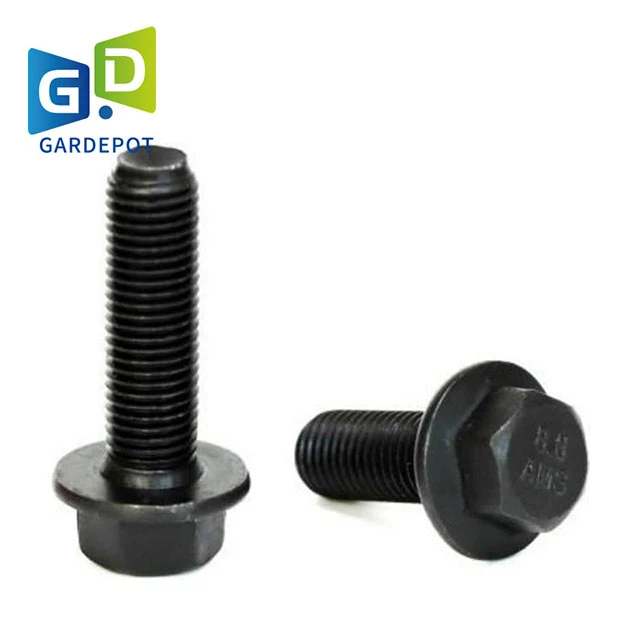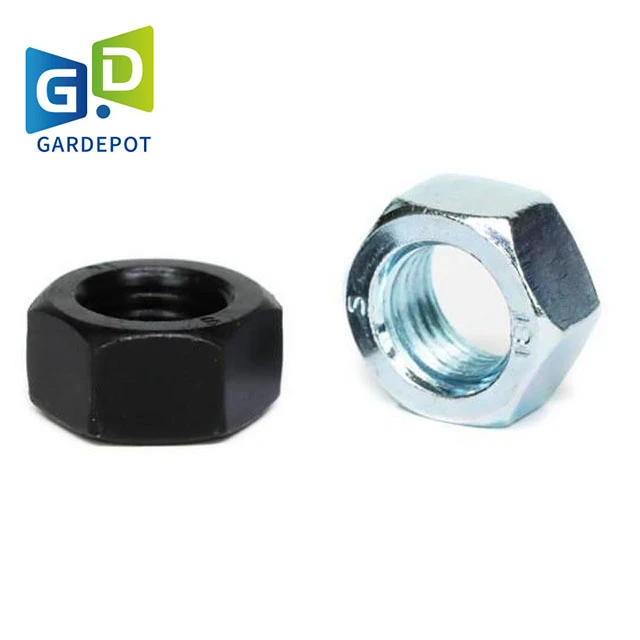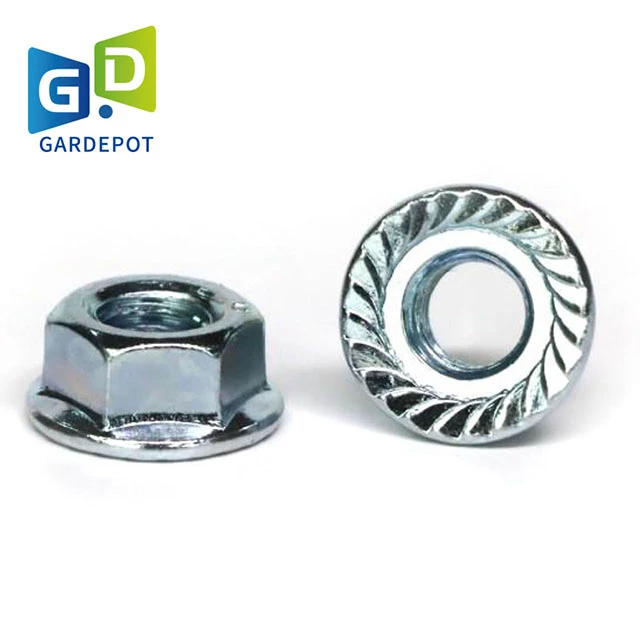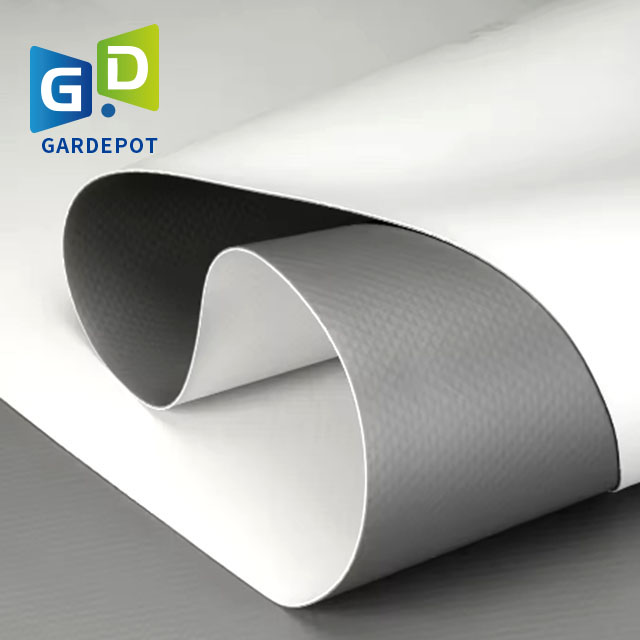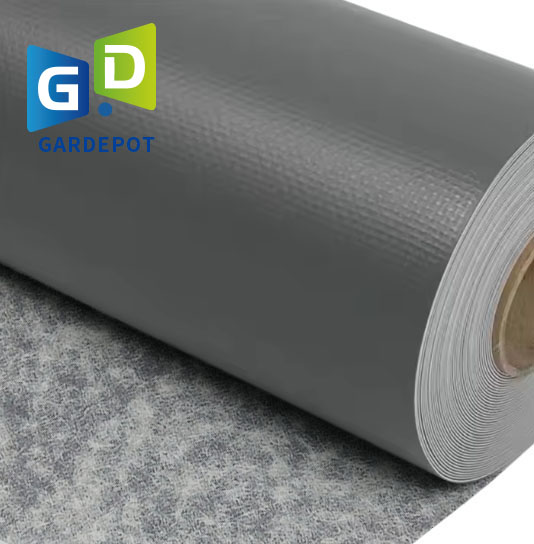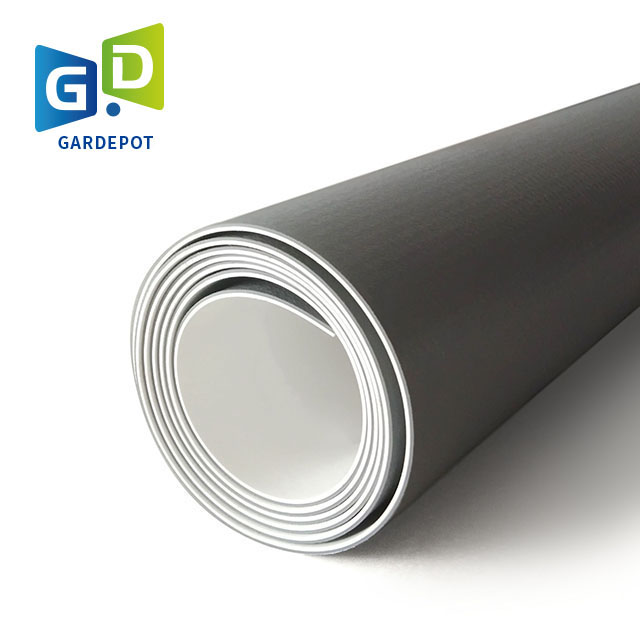Geomembrane welder prevents groundwater pollution
The foundation of effective environmental and industrial containment lies in the precision of joining geomembrane liners. This process hinges on specialized equipment designed for durability and seam integrity. At the forefront are geomembrane welder systems, wedge welders, and hdpe liner welding machine units. These technologies transform raw materials into impermeable barriers for landfills, mining operations, water reservoirs, and agricultural projects. A geomembrane welder fuses synthetic liners using heat and pressure, creating continuous seals that prevent leaks. wedge welders utilize a unique dual-track approach, melting material between a heated wedge to form robust seams. Meanwhile, the hdpe liner welding machine targets high-density polyethylene, the most widely used geomaterial, ensuring chemical resistance and longevity. As infrastructure demands grow, selecting the right welding technology becomes paramount for project success and environmental safety.
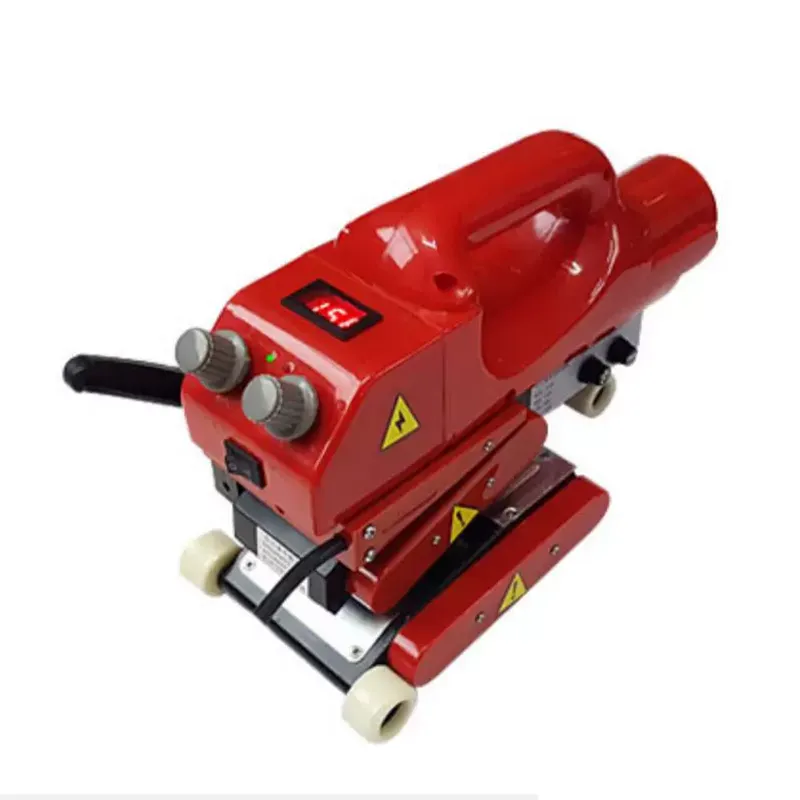
Understanding the Core Mechanics of a geomembrane welder for Optimal Seam Integrity
A geomembrane welder operates on principles of thermal fusion, melting adjacent liner surfaces to create homogeneous bonds. Unlike adhesives, fusion welding eliminates weak points by integrating materials at a molecular level. The process begins with surface preparation, where liners are cleaned and aligned. The geomembrane welder then applies controlled heat through heating elements, followed by immediate pressure via rollers. Temperature, speed, and pressure settings vary based on material thickness and ambient conditions. Advanced models feature digital interfaces for real-time monitoring, ensuring consistent seam quality. Operators must undergo rigorous training to interpret parameters like "peel" and "shear" test results, which validate seam strength. The geomembrane welder is indispensable in critical applications like hazardous waste containment, where seam failure could trigger ecological disasters.
Why wedge welders Dominate Double-Track Seaming Applications
Wedge welders excel in scenarios demanding dual-seam redundancy, such as potable water reservoirs or toxic tailings ponds. This equipment employs a heated wedge that travels between two overlapping geomembrane sheets, simultaneously melting both surfaces. As the wedge advances, pressure rollers fuse the materials into two parallel seams with an air channel between them. This channel allows for non-destructive testing via air pressure or vacuum box methods. wedge welders handle variable environmental conditions—wind, dust, or humidity—better than single-track alternatives. Their versatility extends beyond HDPE to materials like LLDPE and PVC. The primary advantage of wedge welders lies in their fail-safe design: if one seam weakens, the secondary seam maintains containment integrity. This dual-track approach makes wedge welders non-negotiable for high-stakes projects.
The Technical Superiority of an hdpe liner welding machine in Geosynthetic Installations
An hdpe liner welding machine is engineered to address HDPE’s unique properties: high melt viscosity, thermal expansion, and stress cracking resistance. These machines deploy extrusion or hot-wedge methods. Extrusion welding feeds molten HDPE filler rod into seams, ideal for complex geometries like pipe boots or corners. Hot-wedge variants use temperature profiles exceeding 300°C to liquefy HDPE sheets uniformly. The hdpe liner welding machine incorporates cooling systems to stabilize crystallinity during solidification, preventing brittleness. Since HDPE dominates mining and landfill caps due to its UV stability and chemical inertness, the hdpe liner welding machine must achieve bond strengths matching the parent material. Modern units include IoT sensors to log weld metrics for compliance auditing. Without an hdpe liner welding machine, installations risk seam delamination under stress or thermal cycling.
Key Features Defining the Next Generation of geomembrane welders
Innovation in geomembrane welder technology focuses on automation, sustainability, and adaptability. Electric models are replacing diesel-powered units, reducing carbon footprints on solar farms and eco-sensitive sites. Auto-tracking systems use lasers to guide welders along seams, minimizing human error. Portable geomembrane welder kits now enable field repairs without mobilizing heavy equipment. Additionally, cloud-based software collates weld data for AI-driven predictive maintenance. These advancements converge to elevate seam reliability while cutting labor costs. The future geomembrane welder may incorporate augmented reality for operator training and real-time defect detection. As regulations tighten globally, investing in smart geomembrane welder systems becomes a strategic advantage for contractors.
FAQS about Resolving Common Queries About Geomembrane Welding Equipment
What distinguishes a geomembrane welder from standard plastic welding tools?
A geomembrane welder is purpose-built for large-scale liner fusion under field conditions. Unlike generic plastic welders, it integrates features like adjustable pressure rollers, environmental sensors, and seam-testing ports. These components ensure uniform heat distribution across wide seams (up to 100mm) and adaptability to outdoor variables like wind or terrain.
How do wedge welders prevent seam failure in fluctuating temperatures?
Wedge welders mitigate thermal stress through controlled cooling cycles and dual-track designs. The air channel between seams acts as a buffer, accommodating material contraction/expansion. Additionally, wedge welders use temperature-modulated wedges that adjust heat output based on real-time thermal feedback.
Can an hdpe liner welding machine handle contaminated or textured geomembranes?
Yes, advanced hdpe liner welding machine units include surface treatment modules like infrared cleaners to remove moisture or debris. For textured HDPE, which enhances slope stability, modified wedges with deeper grooves ensure consistent melt penetration across uneven surfaces.
What safety protocols govern geomembrane welder operation?
Operators must wear heat-resistant PPE and use voltage-stabilized generators. The geomembrane welder should undergo daily calibration checks, with emergency stops accessible. Sites enforce strict protocols for fume extraction during welding, especially for PVC or reinforced liners.
Are wedge welders compatible with all geomembrane thicknesses?
Wedge welders accommodate thicknesses from 0.5mm to 3.0mm via adjustable wedge profiles and pressure settings. For ultra-thick liners, pre-heating attachments increase melt capacity. However, manufacturer guidelines dictate optimal thickness ranges for specific wedge welder models.
Witness cutting-edge geomembrane welder, wedge welders, and hdpe liner welding machine demonstrations at our innovation center. Our engineers will customize solutions for your project’s scale, material, and terrain challenges. Partner with us to secure your containment infrastructure with industry-leading warranties and lifetime technical support. Contact today for a personalized equipment showcase!

